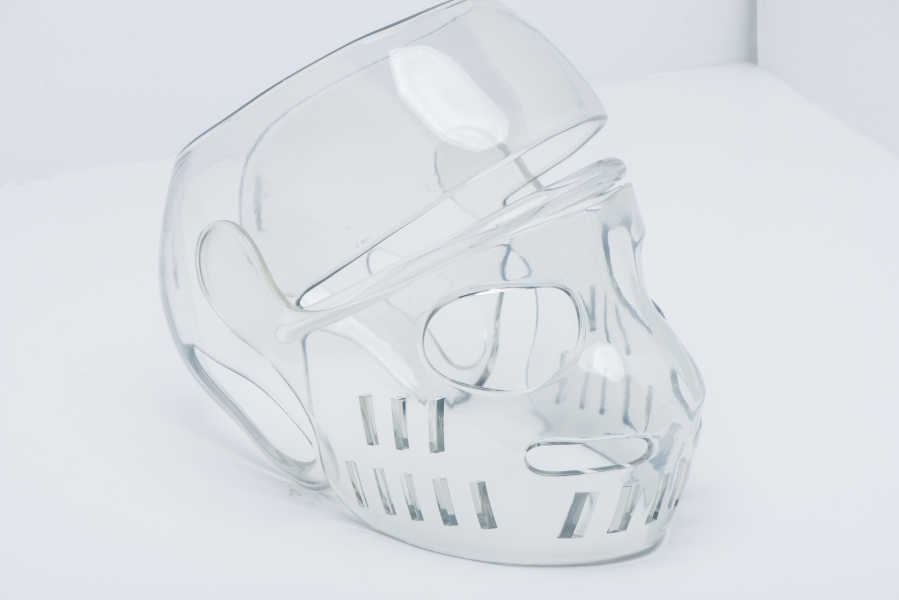Whether you are starting your 3D printing business or just want to know more about 3D printing material. We have a list of the most common and used ones. Also, remember that NYC 3D printing is an option for anyone looking for good 3D printing materials and advice. Here is a clear guide that you can easily understand.
We will go over each of these commonly used plastics for 3D printing in greater detail.Each plastic has its own advantages and disadvantages that make them better suited for certain projects.
This type of plastic is used for Legos. The advantages of this material are now going to be mentioned. It is resistant, retains color properly and safe for everyone because it is non-toxic. This material is very resistant and will not break easily. You can give it different shapes. It can also melt and becomes pliable. All these characteristics make it an ideal material for 3D printing. It also resists water and chemicals.
The disadvantages of this material are that it needs to be heated so you need a large heater. When melted it has a bad smell and the vapor may contain harsh chemicals, so there needs to be ventilation in the room. UV radiation breaks down ABS. It is best not to leave it outside because the color disappears and it becomes fragile.
Another disadvantage with ABS is that it's very hard to control material shrinkage during the printing process. As mentioned before, ABS needs to be heated at all times and this is partly to counteract the material from shrinking. This is why it's hard to achieve large scale 3d prints and accurate parts with ABS.
Once the production volume goes up, it would be wise to open an injection mold to do the ABS material production.
The full name is Polylactic acid. The advantages of this polymer plastic are the materials it can be made of are made of materials like cornstarch or sugarcane. These are biodegradable materials that help our planet. It does not need very high temperatures to melt, depending on the other materials that you add. It is a resistant material and its quality is matte and opaque. The smell when it melts is not strong and it does not produce toxic odors or vapor. You can add chemicals to make it more resistant and tolerate heat more
The disadvantages of these materials are that they really cannot resist water or chemicals. Bacteria can eat it and it will not last long in normal conditions. This material is not safe for food and it can be considered fragile. The texture is rough and the color degrades.
This material is Polyvinyl alcohol and is a very modern material. The advantage of this synthetic polymer is that it is water-soluble. You can use it with a standard 3D printer extruder that makes parts to give support to the other things. It can be attached to a heated, glass print bed. Once you finish printing, you sink it into the water and the PVA parts will disappear and the water-resistant print will stay. It helps print models that require support and models with moving parts. It does need more heat to melt and the unpleasant chemicals might be released when using high-temperatures. When using water to dissolve PVA you have to dispose of it properly because the residues are very sticky and may clog drains. You have to ask your local water company or an expert on how to dispose of it correctly.
SLA resin is our bread and butter at PrintAWorld. And in our humble opinion, SLA resin is the best material for 3d printing because of its versatility, smooth surface finish and ability to form the most intricate designs.
There are different kinds of resin from SOMOS, castable wax(perfect for jewelry pieces), durable resin, and there's even resins that can withstand high-temperature.
SLA resin makes it possible for large scale 3d printing because of the industrial sized printers available for this type of material. On top of that, resin beats any FDM prints in terms of quality, smoothness and precision. This is why we always recommend resin for almost any 3d printing projects such as sculpture fabrication, architectural models,jewelry molds and product prototypes just to name a few.
The downside to resin is that it can get expensive especially if you're a hobbyist. SLA printers cost significantly more than FDM printers(the ones that print ABS or PLA). Resin is also a more expensive material. You might want to consider hiring a company that offers a 3d printing service as they have access to lower material cost and industrial-sized resin printers. Whichever material you may choose, you can always ask an expert. At PrintAWorld, we can help you pick the right material and right solution for your project. Visit our website for more information https://prtwd.com.
We'll go over more materials on our next blog post. Stay tuned!
PrintAWorld 394 McGuinness Blvd Brooklyn, NY 11222
